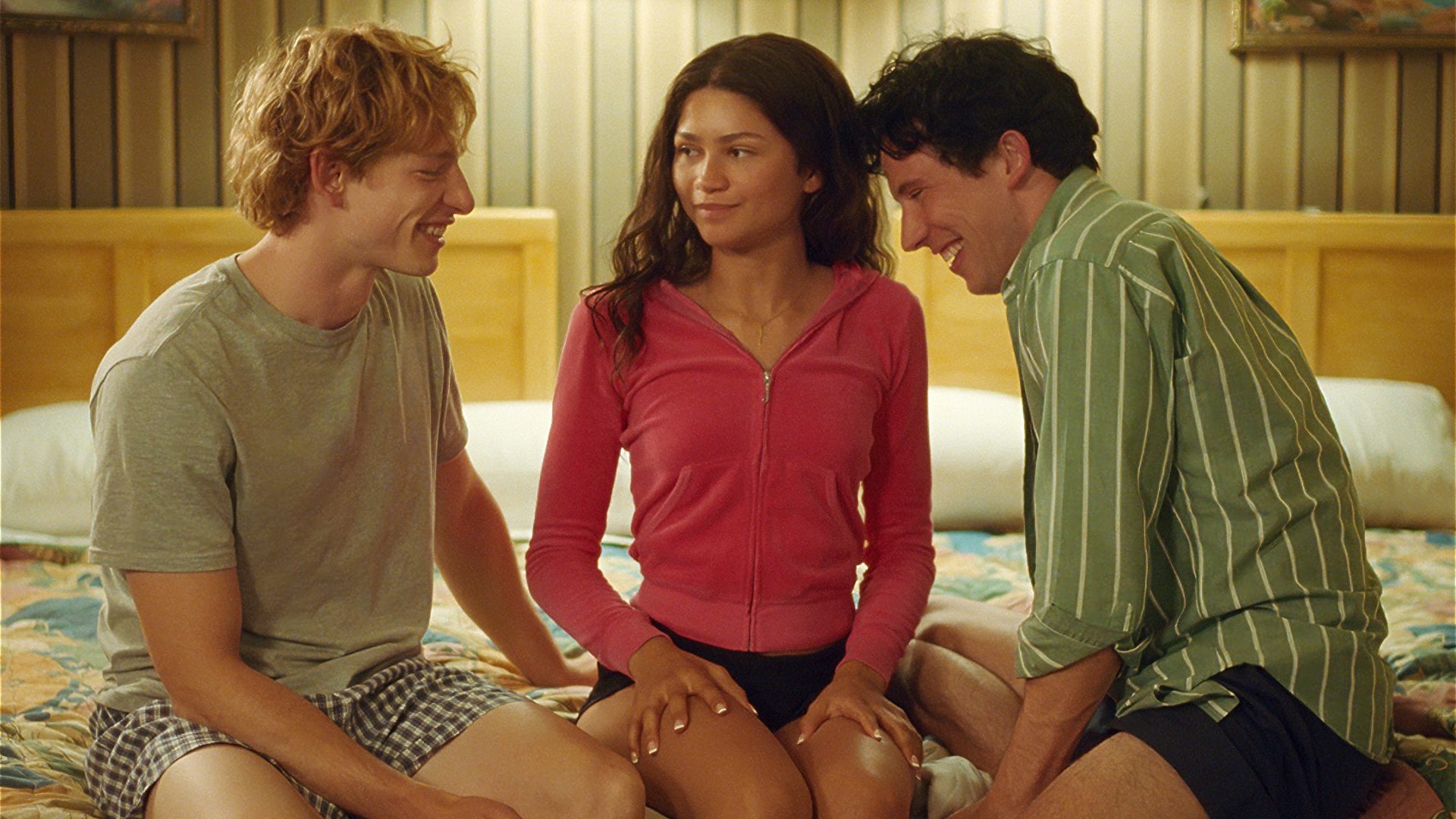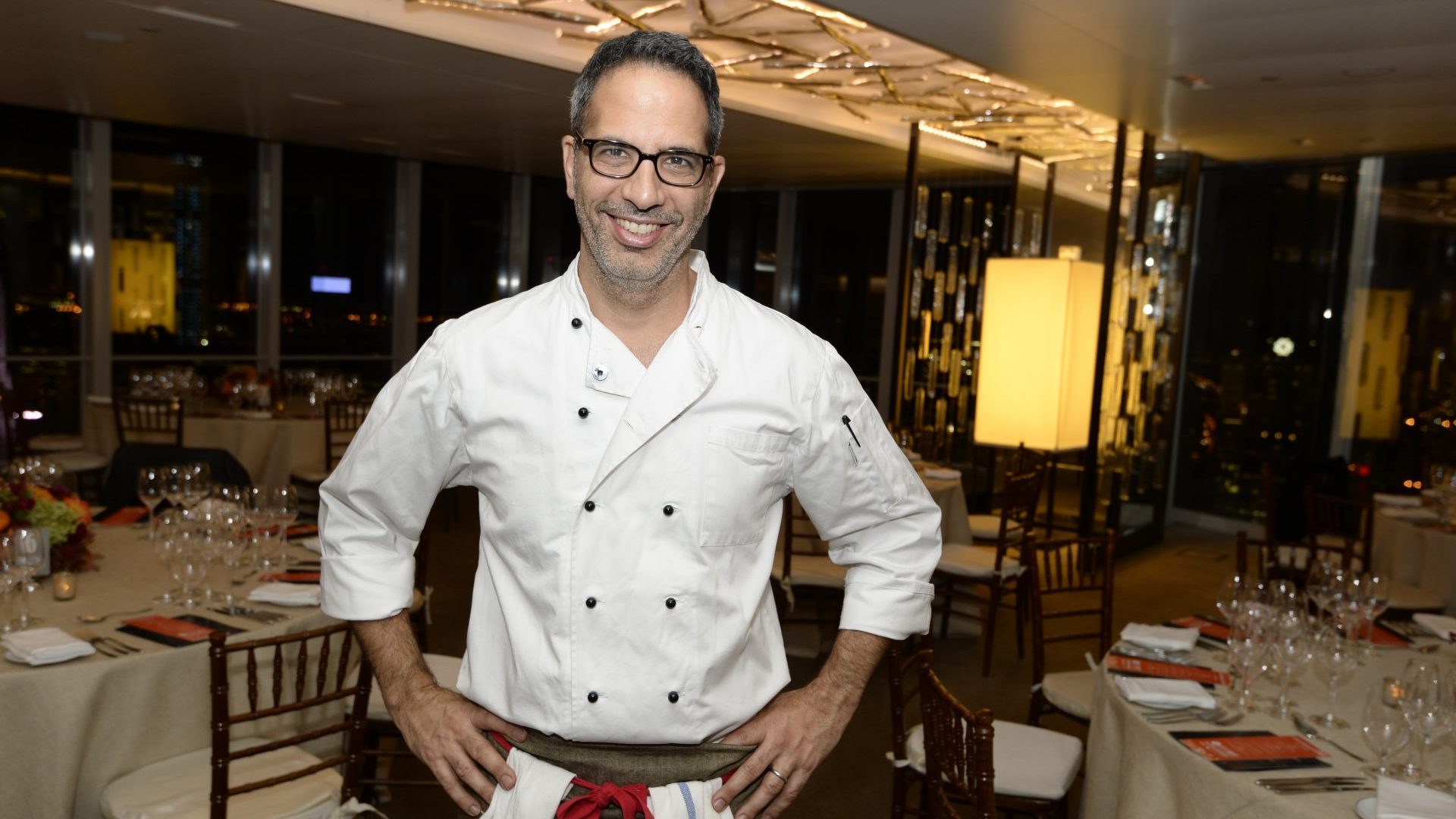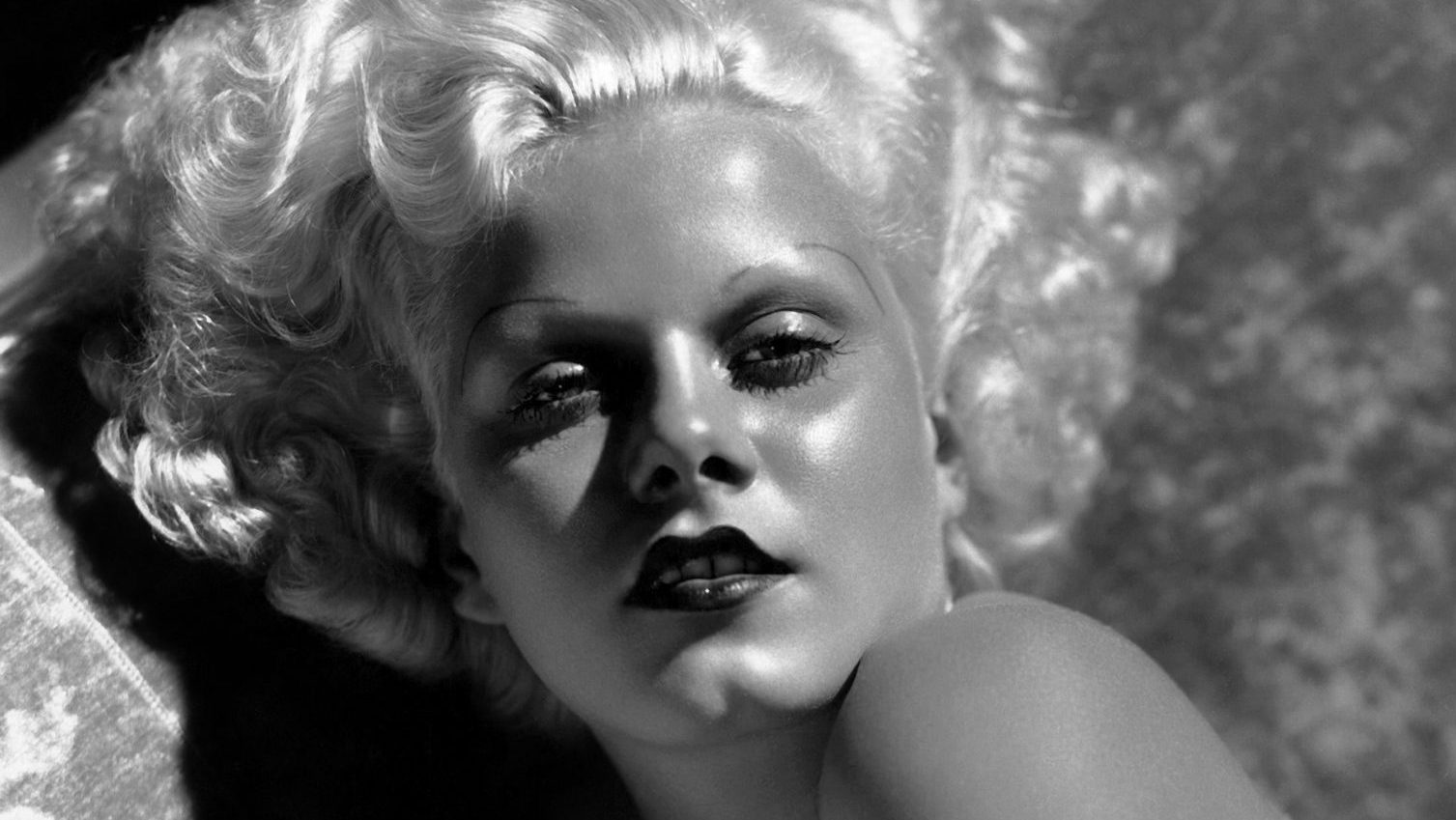PICK OF THE WEEK: CINEMA
CHALLENGERS
General release
For the first few minutes, you worry that this is going to be a superficial exercise in shiny retro: a Gen Z update of the Adrian Lyne formula movie of the 1980s and early 90s (9½ Weeks, Fatal Attraction, Indecent Proposal); a by-the-numbers sexy saga, with some glossy cinematography thrown in.
Then you recall that the director is Luca Guadagnino: the Italian auteur responsible for I Am Love, Call Me by Your Name and Bones and All, whose work is positively defined by its subtleties, transgressions and fascination with what lurks beneath the surface.
Challengers starts as a standard tale of two rising tennis players – best friends Art Donaldson (Mike Faist) and Patrick Zweig (Josh O’Connor, who played Prince Charles in seasons 3 and 4 of The Crown) – vying for the attention of young superstar Tashi Duncan (Zendaya).
Then things turn dark. The action oscillates from the combustible trio’s first meeting in 2006 to 2019, as the two men – no longer friends – confront one another on court.
In the intervening years, Tashi has been felled by injury, married and coached Art (who has proceeded to Grand Slam success) and turned her back on former boyfriend Patrick, who ekes out a living in lesser tournaments. But her interest in Art, who wants to retire, is fading.
Has she ever really got over the wayward but charismatic Patrick? And is Tani’s early quip – that she doesn’t want to be “a homewrecker” by putting the two boys at odds with one another – really a joke, or a recognition that their homoerotic feelings are deeper than their competitive desire for her?
Justin Kuritzkes’s whip-smart dialogue sometimes echoes screwball comedy in its sheer pace. But this is a story about power, ambition and loyalty rather than doe-eyed love. It has a splinter of ice lodged in its heart that makes it as coldly serious as it is unashamedly glamorous.
EXHIBITION
EXPRESSIONISTS: KANDINSKY, MÜNTER AND THE BLUE RIDER
Tate Modern, London, until October 20
Brilliantly curated by Natalia Sidlina, this is not only the most ambitious UK exhibition of German expressionist art for many years; it also liberates its subject from the narrow discussion of modernist aesthetics by framing the story as one of people, place and ideas rather than of abstract theory.
In Munich and the Bavarian village of Munchau, a group of remarkable artists forged a movement as short-lived as it was creatively luminous: the “Blaue Reiter” or “Blue Rider” (the meaning of the name is still contested). At its heart were Wassily Kandinsky and Gabriele Münter; partners in life as well as work; the salons of the Russian-born painter Marianne von Werefkin; and a cast of creative explorers, including Franz Marc, Paul Klee, August Macke and Erma Bossi.
The Blue Rider collective mounted two public exhibitions in Munich in 1911 and 1912 and issued a single almanac before it was brutally scattered by the first world war (Marc died at Verdun in 1916). Their light burned briefly but brightly.
Don’t miss this chance to see what they accomplished; if you need further tempting there will be more on the exhibition from Claudia Pritchard in the next TNE.
BOOK
EVERYTHING MUST GO: THE STORIES WE TELL ABOUT THE END OF THE WORLD
by Dorian Lynskey
Picador
Why are we so preoccupied by the imminence of the apocalypse? Part of the answer, Dorian Lynskey writes, is that such speculation is embedded in our social DNA (see the Book of Revelation for details). And then there is the evidence all around us, of course: Covid, climate emergency, the prospect of artificial intelligence supplanting humanity, nuclear war back in the headlines.
But Lynskey – whose last book, The Ministry of Truth, is one of the best ever written on George Orwell – is more interested in the culture of catastrophe, of which his command is prodigious. So he addresses Lord Byron’s poem Darkness (1816) and Mary Shelley’s The Last Man (1826) with as much energy and insight as he does James Cameron’s Terminator 2: Judgment Day (1991), Emily St John Mandel’s Station Eleven (2014) and, of course, the works of JG Ballard.
The message he draws from these encyclopaedic studies is penetratingly sane: “We have to live in the space between ‘Everything will be OK’ and ‘Everything is fucked’”. True enough.
This is a rich and remarkable book – and you’ll never see The White Lotus in quite the same light again.
CINEMA
THERE’S STILL TOMORROW
Selected cinemas
Paola Cortellesi’s directorial debut, in which she also stars as over-worked and subjugated housewife Delia, outperformed both Barbie and Oppenheimer at the Italian box office last year. Set in Rome in 1946, the year in which Italian women were granted the vote, it opens shockingly as Delia’s abusive husband Ivano (Valerio Mastandrea), upon awakening, slaps her in the face.
The cast is uniformly excellent, especially Romana Maggiora Vergano as Marcella, the teenage daughter for whom Delia wants a better future, and Giorgio Colangeli as her misogynistic father-in-law, bed-ridden but still sexually harassing her.
Cortellesi’s movie has attracted much attention in Italy as that country wrestles with the persistence of patriarchal violence and femicide, and it deserves to do so everywhere else, too.




